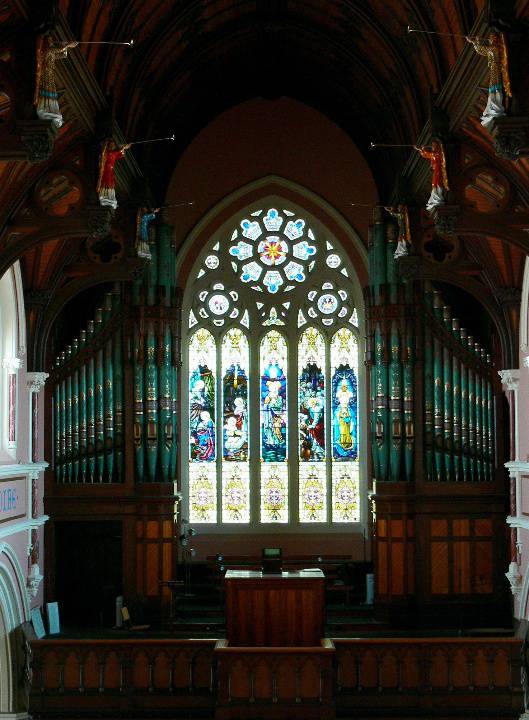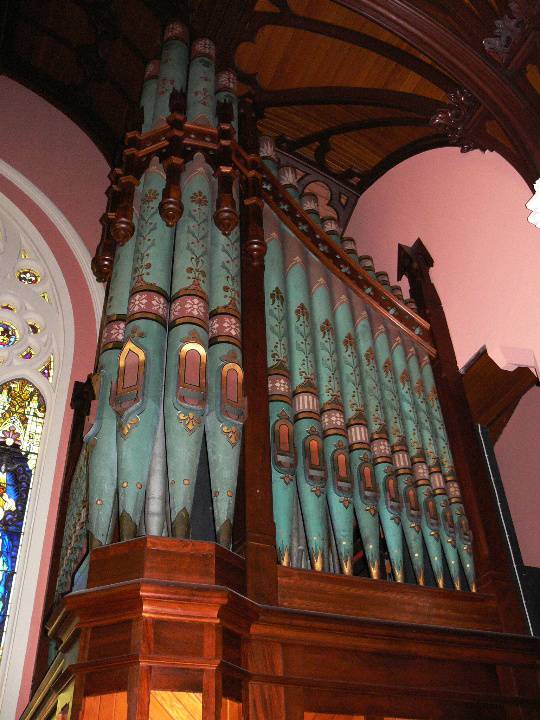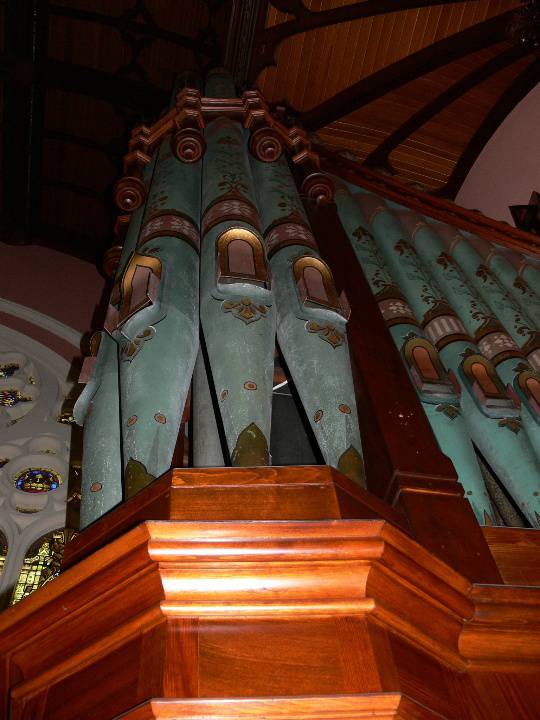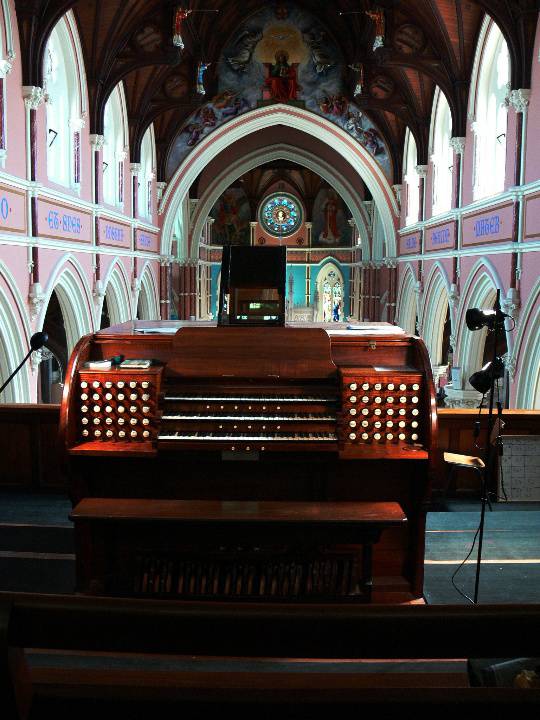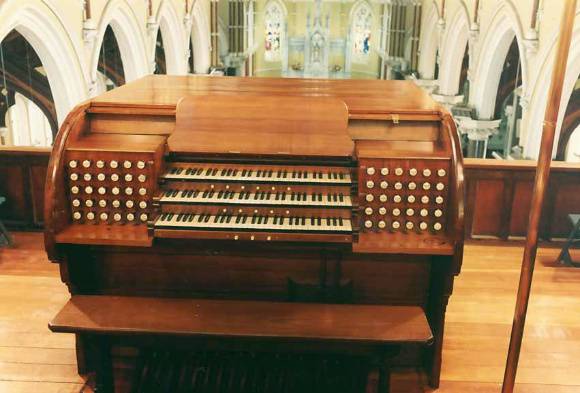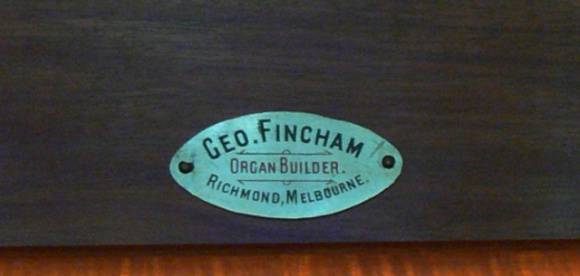| Back to search results » | Back to search page » |
|
George Fincham Pipe Organ St Mary's Star of the Sea
Location33 Howard & 235 - 237 Victoria Streets, WEST MELBOURNE VIC 3003 - Property No B3460
File NumberB3460LevelNational |
|
Statement of Significance
What is significant?
The whole of the organ built 1898-1900
How is it significant?
The organ is significant for historic and aesthetic reasons at a national level
Why is it significant?
The pipe organ at St Mary's Star-of-the-Sea Church is significant for the following reasons:. It retains all its original pipework which remains entirely unaltered.
It retains its original casework and the facade pipes retain their original stencilling and gilding.
It retains all of its original windchests, building frame, swell boxes, reservoirs, console and tubular-pneumatic action.
It is the largest example of George Fincham's work to remain mechanically and tonally unaltered.
Other major Fincham organs, such as those at the Exhibition Building, Freemasons Hall and St Kilda Town Hall have been destroyed.
It is the largest organ built in 19th century Australia to remain intact.
It is the second largest organ remaining in Australia with tubular-pneumatic action after that in Sydney Town Hall (1890).
It is a rare example of a major organ sited in a gallery at the rear of a large building.
The Great Organ contains a chorus of reeds at 16, 8 and 4ft pitches, which is rare in the local context.
The organ received a superlative restoration in 1993 and is fully functional.
Upgraded: 8/12/08
Group
Religion
Category
Church Pipe Organ


